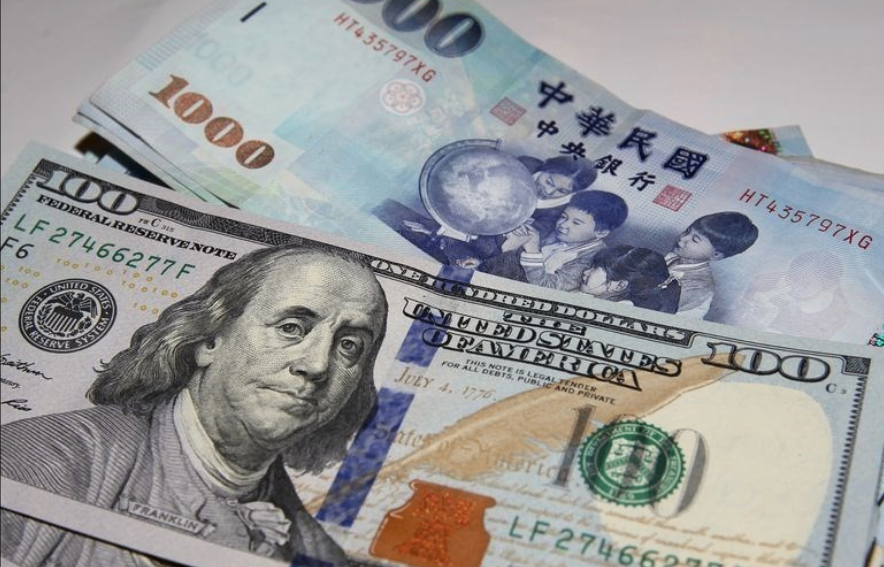Entering July, market trading logic has shifted to a new paradigm of "dollar weakness".
On July 9, the grace period for U.S. tariffs is approaching.If the Trump administration fulfills its previous threat and comprehensively imposes reciprocal tariffs of up to 50% on dozens of trading partners, it will instantly overturn the supply chain repair results that have just emerged in the first half of the year.
Market nerves have long been tense: since the shadow of "reciprocal tariffs" emerged in April, the US dollar index has fallen by more than 7%, while Asian currencies have collectively rebounded to new highs since October last year. The offshore RMB once hit the 7.15 mark, and the Singapore dollar hit a ten-year peak.
The rift in the U.S. dollar credit system is spreading from the policy side to the depths of the market.
The "Liberation Day Tariffs" launched by the Trump administration in April far exceeded market expectations, and its capricious trade strategy subverted the traditional paradigm of cross-border capital flows.What's even more fatal is that the tax bill just passed by the Senate will cut fiscal revenue by US$4 trillion over ten years. The Congressional Budget Office estimates that it will actually increase the debt by US$3.3 trillion, which is equivalent to adding a debt burden of US$26,000 per American citizen.
Entering July, market trading logic has shifted to a new paradigm of "dollar weakness".
Citigroup's latest report shows that when the U.S. economic performance continues to lag behind the global "soft landing" process, historically, a trading environment that is unfavorable to the U.S. dollar has always formed.This asymmetric risk is vividly evident in the interest rate market-futures pricing shows that the probability of the Federal Reserve cutting interest rates in September has soared to 95%, jumping 10 percentage points from a week ago, and the expected rate cut for the whole year exceeds 125 basis points.
It is worth pondering that this expectation of interest rate cuts has formed a strange symbiotic relationship with the new record of U.S. stocks: although the S & P 500 has set a historical record, its real return rate has significantly lagged behind European stock indexes after adjusting for the depreciation of the US dollar.Goldman Sachs put forward a subversive opinion on this: For the first time, the US dollar is currently more sensitive to relative stock market performance than relative interest rates. When the US stock market pushed global stock markets, the US dollar strengthened, but this round of strength in US stocks has been accompanied by a weakening of the US dollar, indicating the disintegration of the traditional association between money and assets.
However, although the restructuring of the global monetary system has begun, replacing the US dollar is destined to be a long process.
European Central Bank President Lagarde's judgment at the Sintra Forum is of great sobering value: "Reserve currency conversion will not happen overnight, it has never been like this in history."Realistic data also supports this view: although the proportion of US dollar reserves continues to decline, nearly 80% of central bank managers still believe that their dominant position is difficult to shake.The real variable lies in the unpredictability of Trump's policies-if the tariffs are fully implemented on July 9, it may boost US dollar inflation expectations in the short term, but it will accelerate the practice of "de-dollarization" by trading partners in the long run; otherwise, if it is postponed again, the appreciation momentum of non-US currencies may be further enhanced.
Wang Qing, chief analyst of Orient Jincheng, made quite insightful predictions: "The market's pessimistic expectations for the US dollar are close to the extreme. It is unlikely that it will fall by another 10% in the second half of the year, but the volatile and weak pattern is difficult to change."

